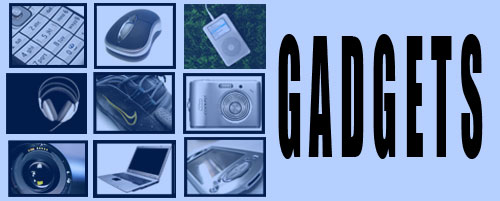DxO Optics Pro V4.2 Reference Manual
DxO Optics Pro’s precise, calibrated corrections are based on unique algorithms derived from actual measurements made on real camera bodies and lenses. Thousands of test measurements are made on each body and lens combination, with every permutation of shooting parameters.
This is why the whole DxO Optics Pro system operates using what are called ‘Correction Modules’, each unique and specific to a particular body / lens combination; for this reason, you need to make sure you have the right module(s) for the bodies and/or lenses you use. All this means that DxO Optics Pro produces extremely accurate actual corrections of measured phenomena, instead of just subjective (and often impossibly time-consuming) manual approximations.
In addition, this new version 4 of the software also includes a number of corrections that are not camera-specific, so you can make the most of other images too, and some adjustments, going beyond purely correction, that you can perform manually for creative effect.
A simple workflow
The way the DxO Optics Pro workflow is organized is perhaps worth explaining briefly. You start by creating a new ‘project’, which you can name and save, and into which you will assemble the pictures you wish to process at this time. You can then click on the “Process Now” button to start processing the images with DxO automatic presets. Alternatively, you can work on preview images to define your own corrections or adjustments. And it’s worth underlining that your original image files are left untouched, they are never altered in any way, deleted, or overwritten, so your precious originals are 100% safe at all times!
What makes DxO Optics Pro even more powerful and ergonomic, is that some or all of your chosen settings can be saved as one or more ‘presets’ that can be applied across a whole series of images — but still leaving you the possibility of making further manual adjustments too, of course! Even without the use of any manual settings at all, DxO Optics Pro can process your images fully automatically, for guaranteed improved results every time!
Get pdf DxO Optics Pro V4.2 Reference Manual

